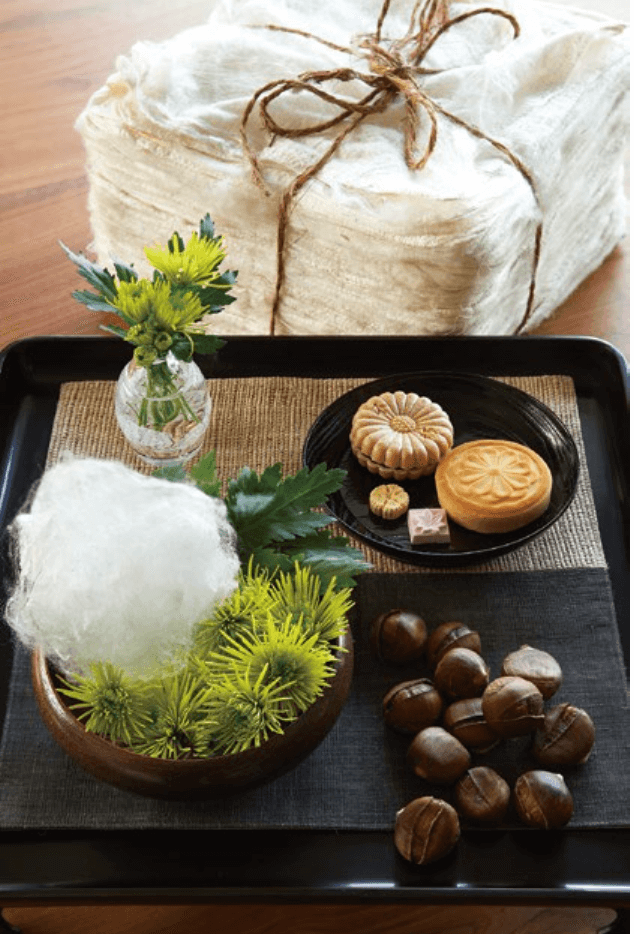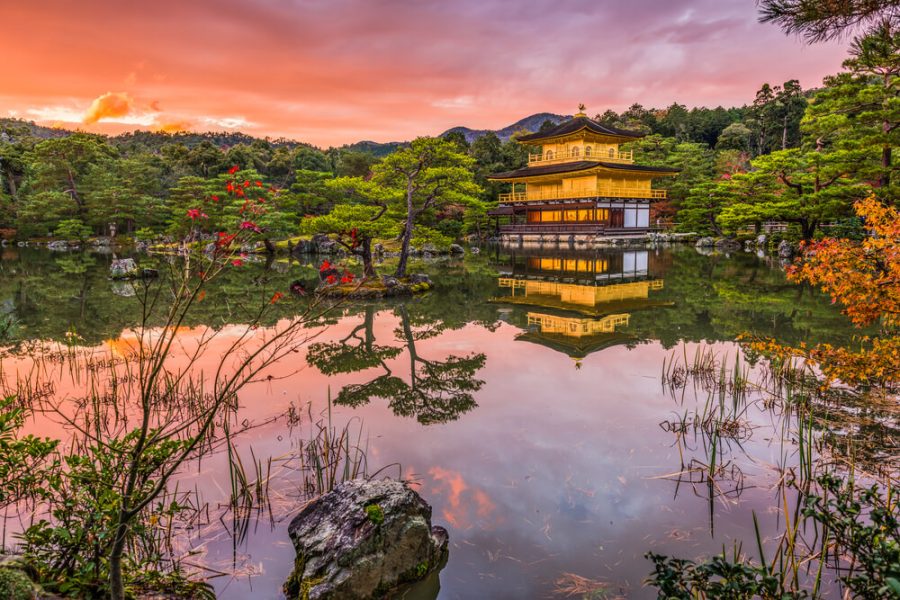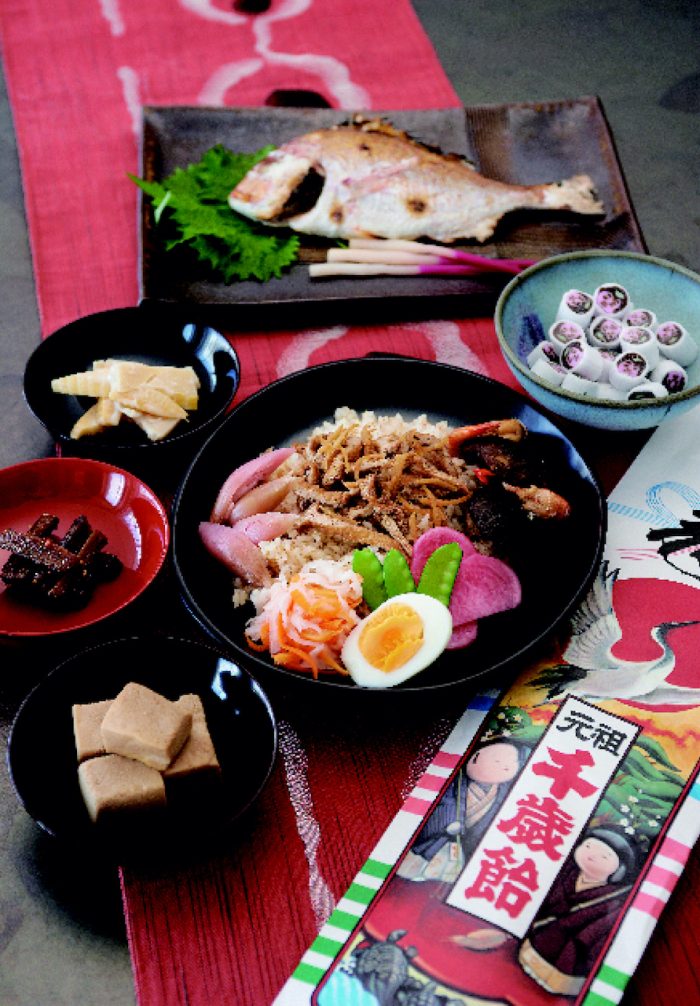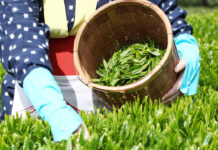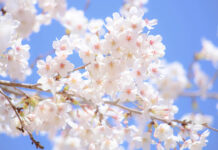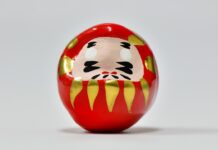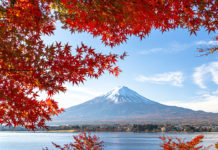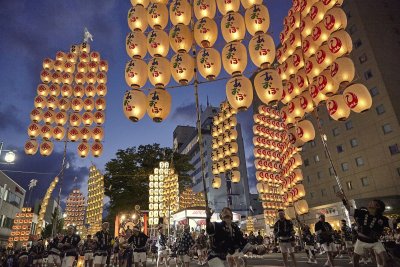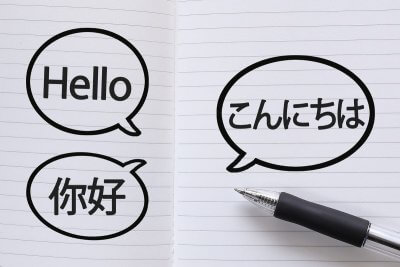The “yang” of the “yin-yang” concept is thought to become too strong and hence inauspicious on dates which are odd-numbered in both day and month. The sekku, or seasonal festival, became an event to counter this threat. Within these days, September 9th is known as the Choyo no Sekku as it is the day when the number strongest in “yang” is doubled. It has long been believed that when the power of the nature becomes too overbearing, the life of mankind is endangered. In order to avert that danger and pray for a long life, chrysanthemum flowers are soaked in water or sake and drunk for its blood-cleansing properties. In a time when most illnesses were thought to be caused by impurities in the blood, the chrysanthemum was a type of precious kampo medicine that only the royalty could afford. One of the rituals carried out during the Choyo no Sekku is to place a wad of silk on top of chrysanthemum flowers and to use the parts that absorbed the flower’s dew to wipe one’s body to cleanse oneself. The folksong, “Kikudoji”, used frequently in noh performances, is inspired by the eternal spirit of the chrysanthemum when it bursts into full bloom. In fact, during the Heian era, ladies from the nobility would wipe their faces and bodies with chrysanthemum dew in the hopes of staying young. For the peasants, it was a day to enjoy the chestnut. We now know the chestnut as being a health food rich in vitamin C, and well-balanced in terms of protein and fat. People in the past knew this from experience and eating this in the hopes of longevity on day of the Choyo is a festival tradition that cannot be missed.
Rieko Ido
Conducting research into Japanese customs and knowledge from ancient times, and applying technical analysis of these findings to modern lifestyle. Kokugakuin University graduate. Teaches at Tama Art University.
 0
0

